Life on the Hill and the River
The Chittagong Hill Tracts are located in the South-Eastern part of Bangladesh. Until 1984 they were a single district. Later they were divided into three districts: Khagrachari District, Rangamati Hill District, and Bandarban District. According to a census from 2011 the population of these three districts was around 1,587,000. Within the total population there are a number of tribal communities that have their own cultures, lifestyle and economic systems. A very distinct contrast can be drawn between the systems from the Hill Tracts and the mainstream economic system used on the rest of the country. Most tribes specialize in the trade of “Jhum”, which is a form of shifting cultivation. Bandarban is a remote area. And most remote places do not even have travel worthy roads connected to the small towns. They usually travel by foot in the wilderness. There are some areas which depend on Sangu River as a means of proper transportation for going into the town or to the bazaar of Upazila town. “Remakri” is such a town that is so remote that, the best mode of travel is by boat. Basically four communities, Bwam, Marma, Mro and Tripura live in Thanchi. With along Jhum cultivation, their communities are growing. As a result, many of them have opened their doors to tourists as a means of creating a market for business possibilities. The area of tourism is particularly suitable to stress the integrated approach to environmental, social and economic aspects of the concept of sustainable development. The tourism industry represents a huge economic factor and its environmental and social impacts are obvious and have been well documented. In addition, integrating gender perspectives into the discussion of tourism is particularly important as the tourism industry is one major employer of women, offers various opportunities for independent income generating activities and, at the same time, affects women’s lives in destination communities. Indigenous peoples know that they must carefully control the influences that could destroy their cultural identity, their future, and the vital resources upon which all life depends. The government should consider such concerns in developing any tourism spots in the CHT so that the negative socio-cultural impacts on tourism are identified and that strategies are implemented to help to reduce such negative impacts on indigenous cultural practices. They have even set up shops in some places that cater to the demands of tourists. Their whole lives revolve around the bounties from the hills and the river.
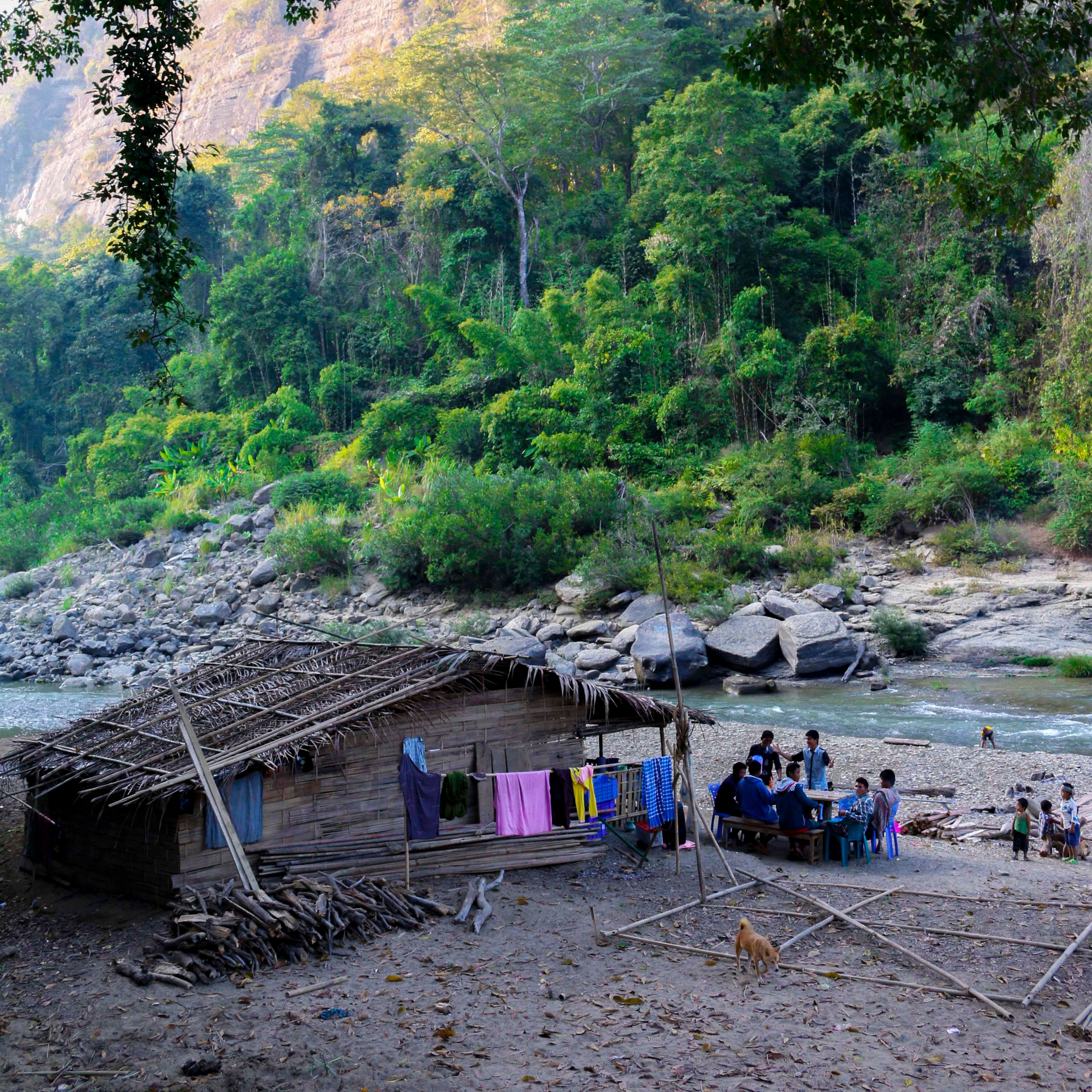
The life on The hill and the river.
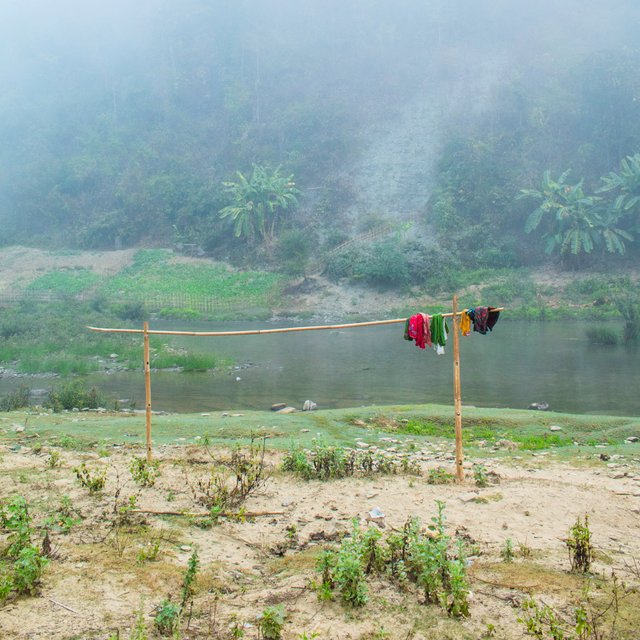
Lonly morning.
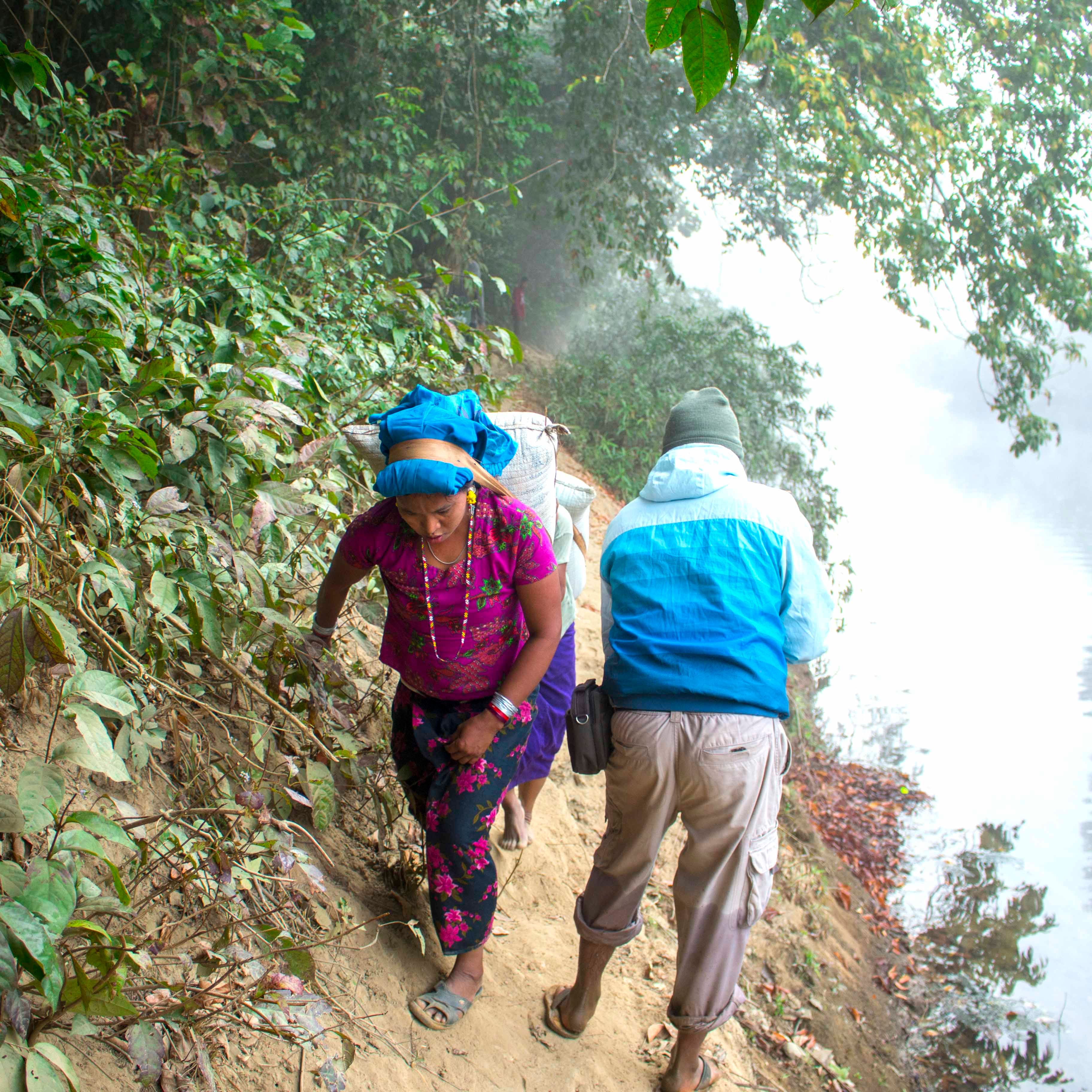
Tourist and the daily life of Marma tribal women.
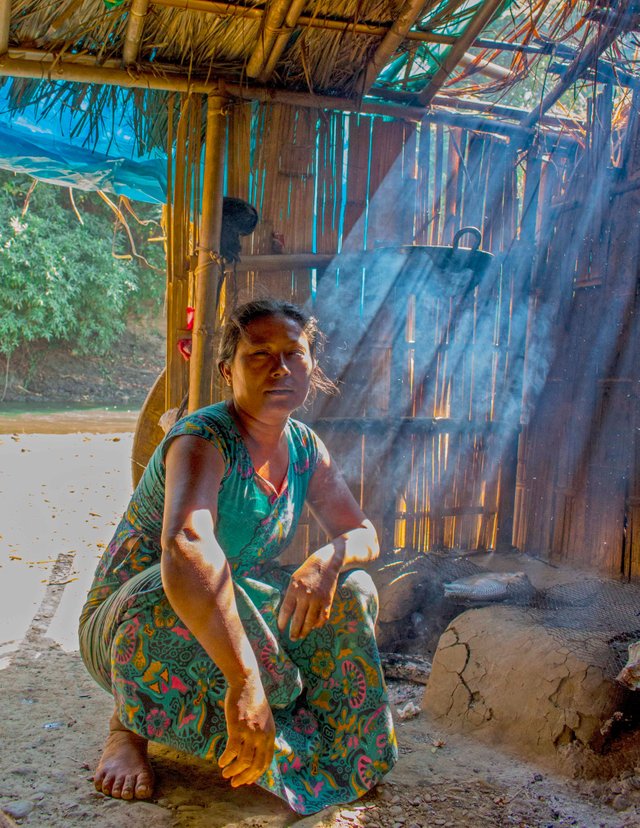
The death Kitchen.
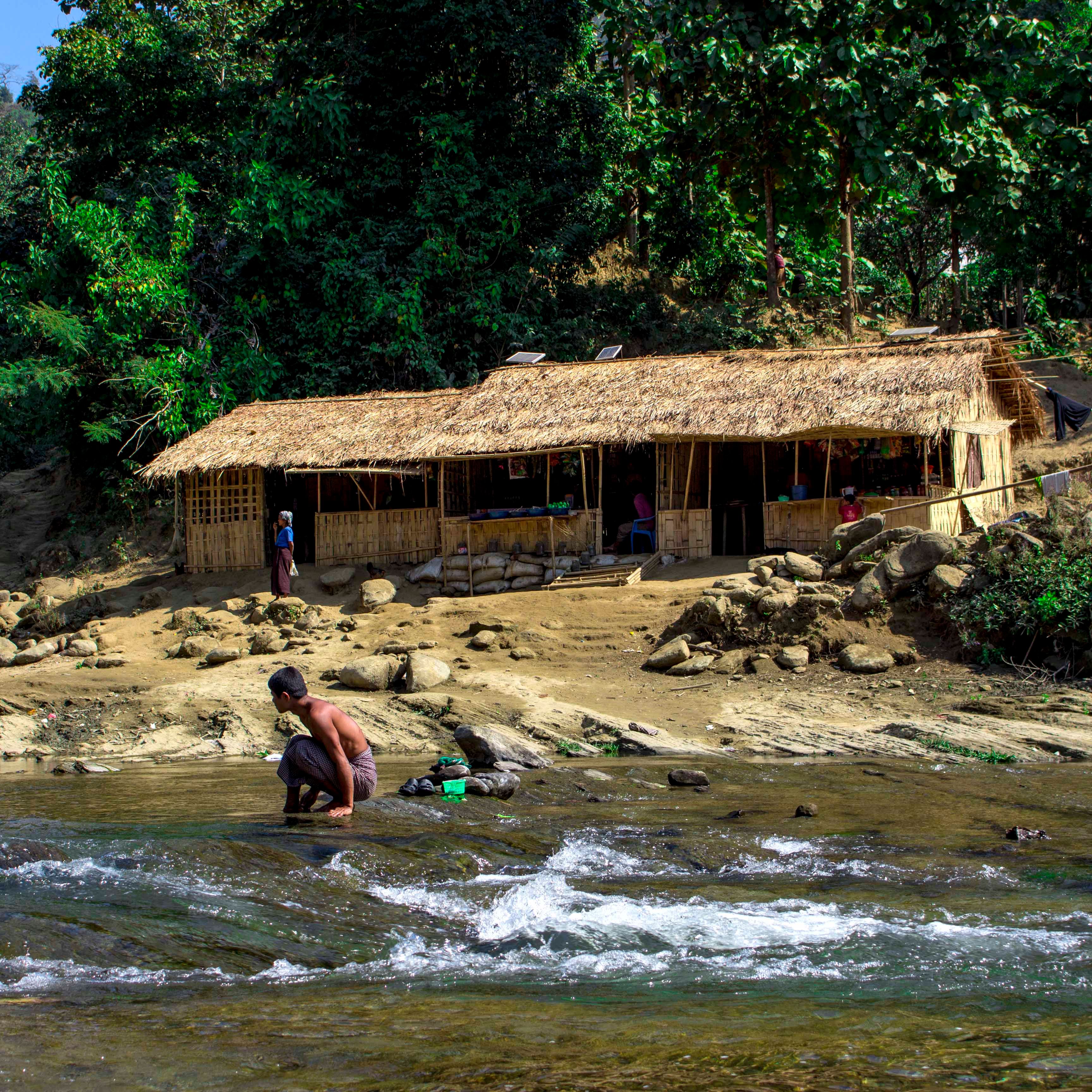
The Dream of stream.
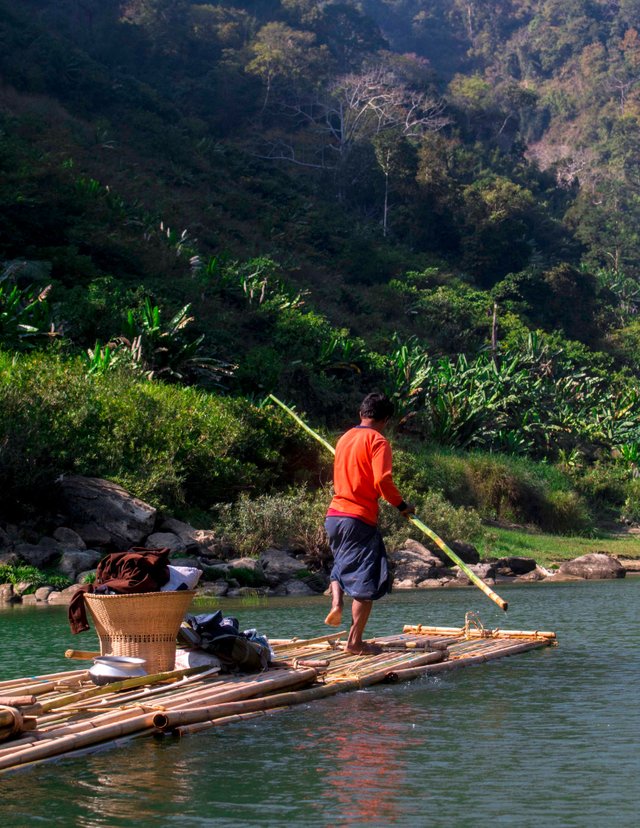
A lot of distance.
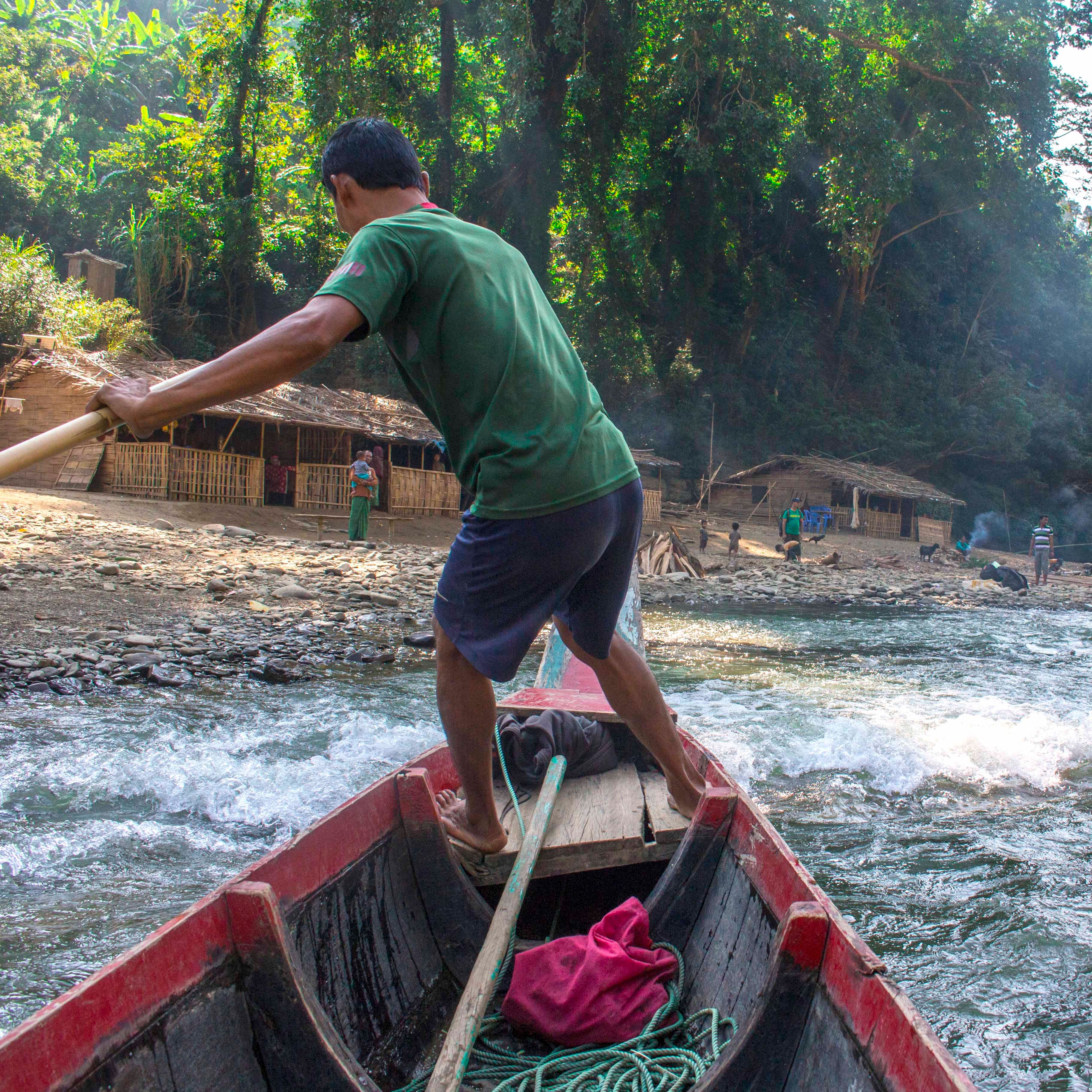
Water Flow.
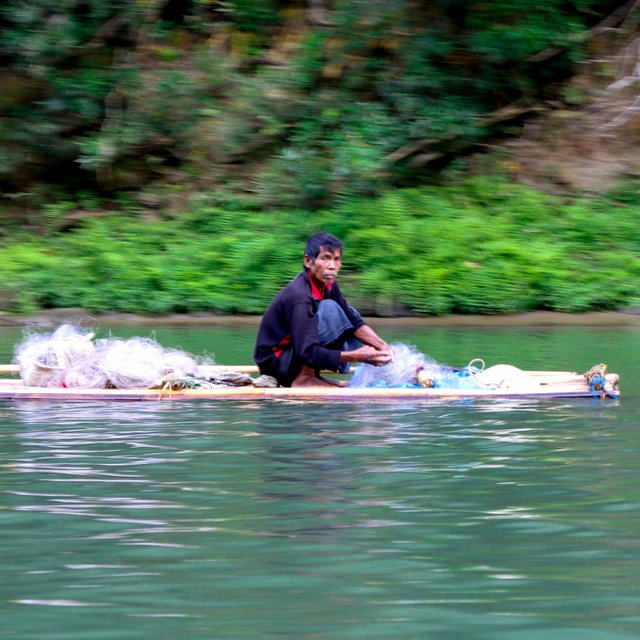
Fisherman.
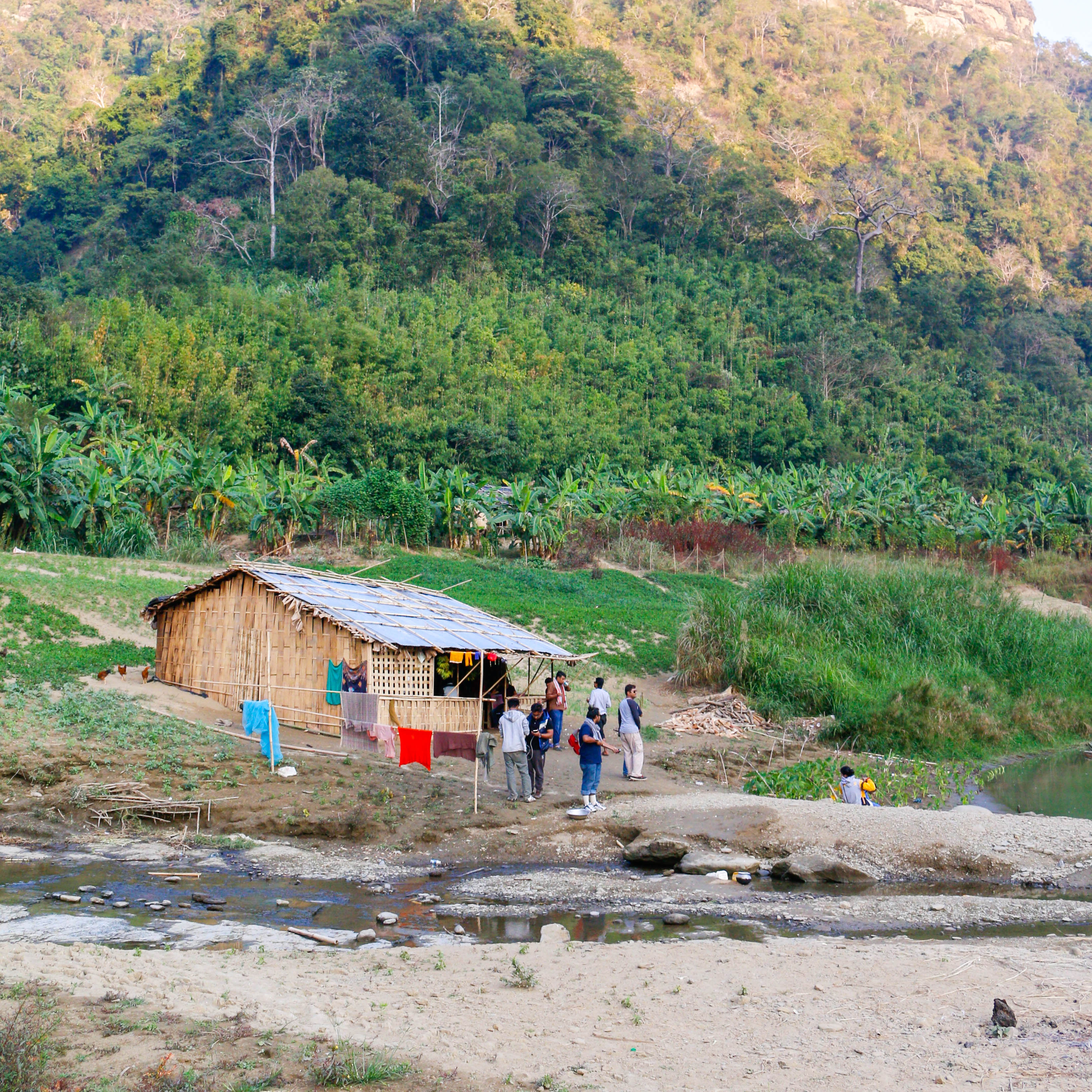
Tourism impacts.
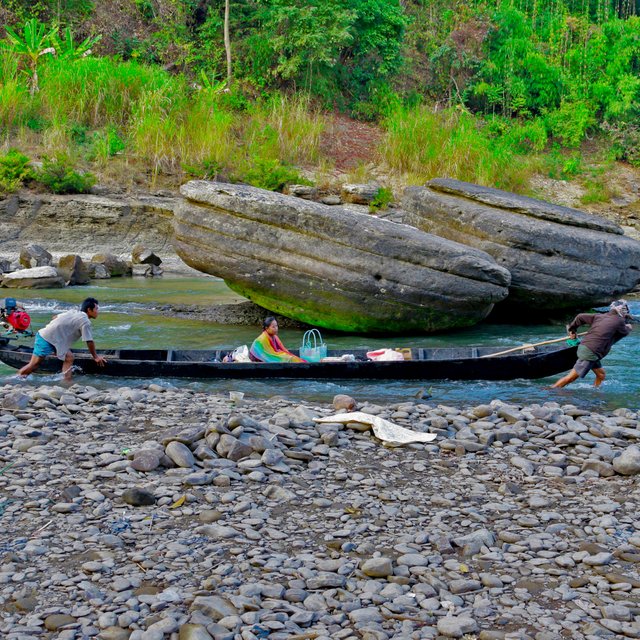
Returning Home.
Very nice picture, the colors are beautiful. I will not have done better aha
Thanks
Congratulations @denimchakma! You have completed some achievement on Steemit and have been rewarded with new badge(s) :
Click on any badge to view your own Board of Honor on SteemitBoard.
For more information about SteemitBoard, click here
If you no longer want to receive notifications, reply to this comment with the word
STOP